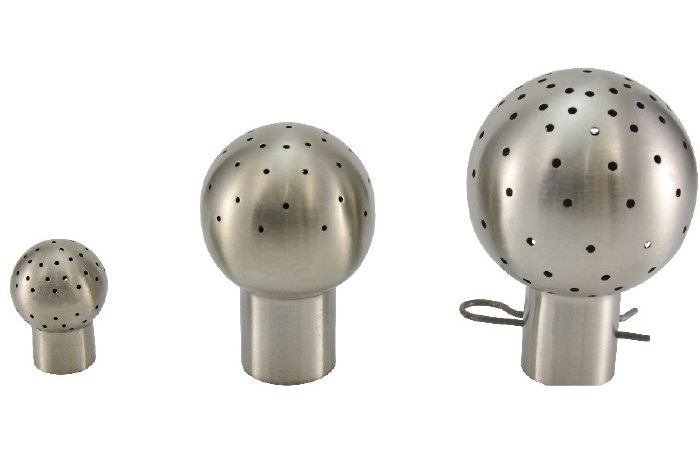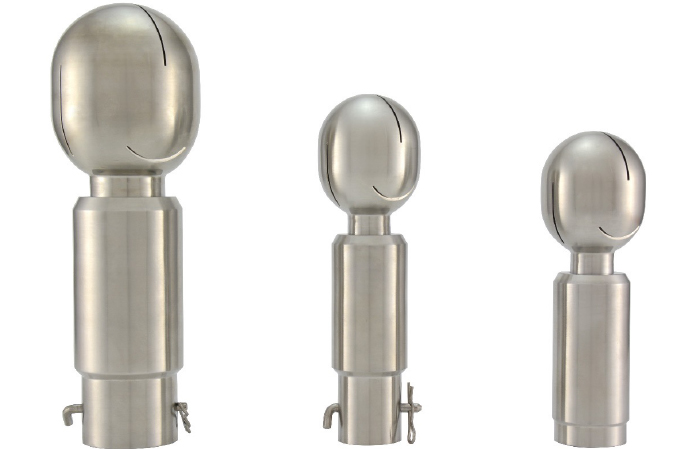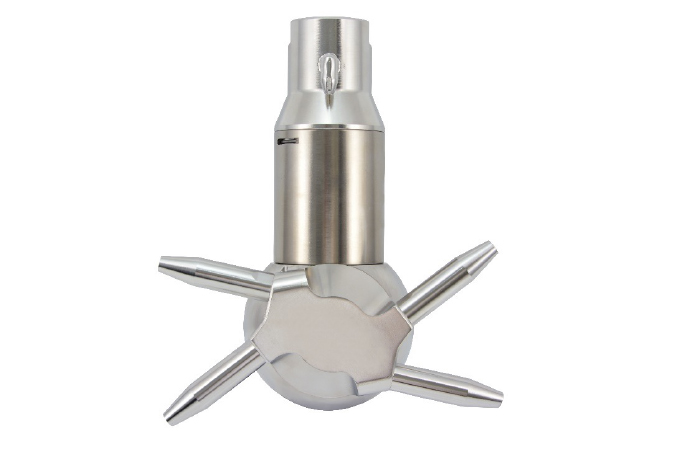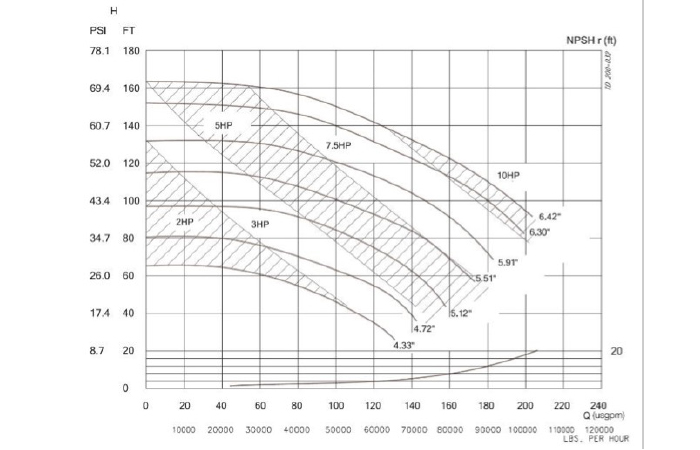No. 1 Will I need to change my pump for my new tank wash system?
Watch our video here Do I need to change my pump for my new tank wash system? or read on below to find out if you need to change your pump when installing or upgrading to a new cleaning-in-place / tank wash system.
Will I need to change my pump? This is a question we get asked a lot and this is the first in a series of FAQs answering common questions when it comes to questions about tank cleaning and changing tank cleaning systems. The short answer is possibly.
There are two limiting factors for a pump: the maximum pressure it can deliver and the maximum flow rate it can deliver. And this is what we need to consider when we're looking at changing our tank cleaning systems.
Generally speaking, if the newly proposed tank cleaning system is lower in both required pressure and flow rate then the existing pump will be fine and you won't need to change it, if the required or ideal new pressure for the new tank cleaning system is higher or the flow rate is higher, then there will be a possibility that you need to change the pump. But not always, as we'll see. Normally, when moving from a spray ball or to a spinner - so upgrading from a static spray ball to a spinning spray ball - the optimal pressures will be about the same. And so you don't really need to consider whether the pump can operate at high pressure because it won't need to; both these systems run at roughly the same pressure. And when moving from spray balls to spinners, the overall flow rate for the spinner is, in almost all cases - and this is one of the reasons why we make that move - lower than in the spray ball.

Static Spray Balls

Spinners (Rotary Spray Heads)
So generally speaking, if we're moving from spray balls to spinners, the existing pump is going to be fine. If, for whatever reason, you're moving the other way round, so you're downgrading in effect from a spinning spray ball to a static spray ball, then you will need to look at the flow rate of the new spray ball system because if that's higher than the existing pump can deliver, then you probably may need to change your pump to a higher capacity pump.

Rotary Jet Cleaning Head
Things are a little bit more complex when we start to make the move from spinners and spray balls to rotary jet cleaners. Typically, these rotary jet cleaners work most efficiently at pressures above about six bar. And ideally, we want to be normally within the sort of eight to ten bar fluid pressure range. This is quite a lot higher than the two to three bar that is optimal for spinners and spray balls, so we need to make sure that the pump can actually deliver the required pressure. Flow rates again typically will go down when we're moving from spray balls to rotary jet cleaners.
So again, we're not too concerned about the flow rate capacity of the pump. Normally, this will be fine, but we are worried about that higher maximum pressure the pump can deliver. If it cannot deliver the required pressure, then obviously you're going to need to upgrade the pump.
However, things are slightly more complicated when it comes to looking at things like centrifugal pumps, because centrifugal pumps will deliver variable pressure depending on what the pipe system actually sees. So if we're moving from a spinner running at three bar to a rotary jet cleaner that wants to run at six bar, if the flow rate for the rotary jet cleaner is considerably lower, that centrifugal pump may equalise at a higher pressure and a lower flow rate. So a typical example would be you moving from a spray ball, running at three bar using 250 litres a minute and say the rotary jet cleaner that you're proposing wants to run at six bar at 125 litres a minute then that same pump may well be able to do that. What you need to do is to check the pump curve to see whether it can actually cope with the lower flow rate, higher pressure scenario.

Pump Curve
If it can't, then you're going to need to upgrade the pump. If you can, great. But remember, you always need to take into account gravitational and frictional pressure losses as well. So we may need to take into account the pressure right at the pump is going to be different to the one delivered actually at the cleaning head. If we're moving to a high pressure jet cleaning system, you're almost certainly going to need a new pump - high pressure tank cleaning systems need between 50 and two hundred bar. That almost always requires a change of pump and especially a specialist high pressure pump. And you're also going to probably need to upgrade your pipework as well, in all likelihood, to high pressure pipework.
So to recap:
- you're not going to need to change your pump if the required pressure and flow rate on the new tank cleaning system are both lower in the new system than the old system
- you probably won't need to change your pump by moving from spray balls to spinners
- you may well need to upgrade your pump to be able to deliver the higher maximum pressure when upgrading from spinners or spray balls to jet cleaners but you might get away with it if the flow rate is reduced and the pump naturally can settle into that high pressure regime
- you will definitely need to change your pump when moving to a high pressure system and probably your pipework as well.
To read more about tank wash systems and engineering considerations if you are replacing, upgrading or designing a new CIP solution, visit our website here for lots more information and advice.
To speak to one of our technical sales engineers, please contact SNP.
01273 400092










Water Sector Talent Exodus Could Cripple The Sector
One major problem OFWAT highlights which OFWAT created is the AMPs. Normally businesses have a pipeline of projects which the most value for money...